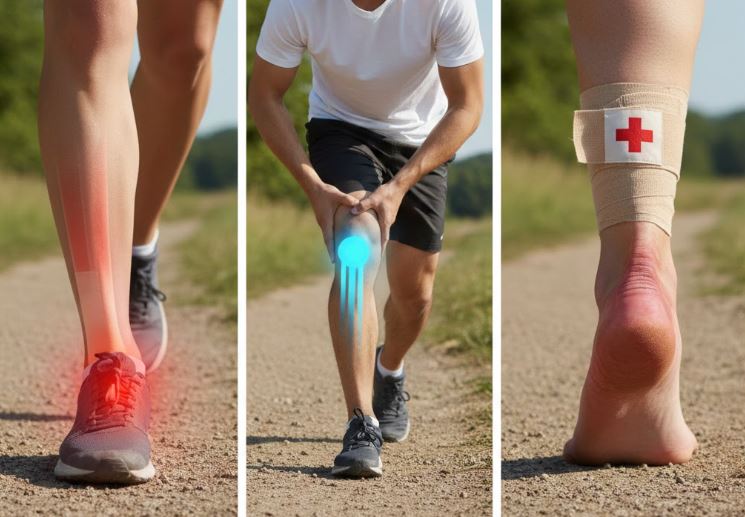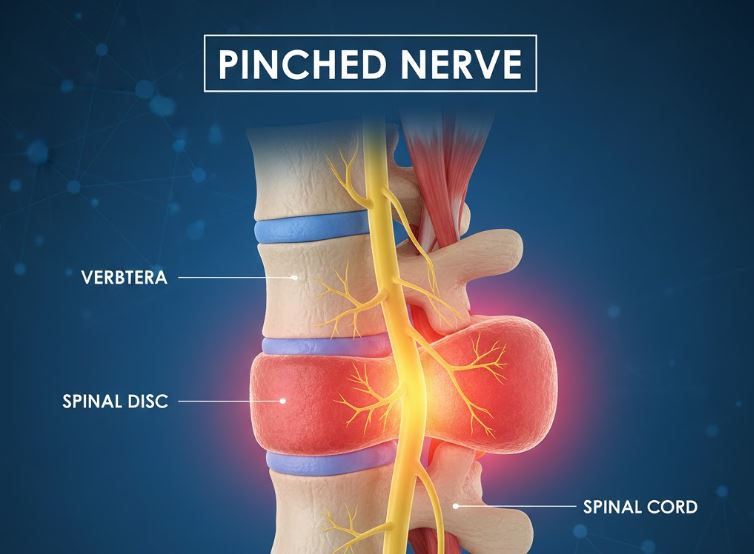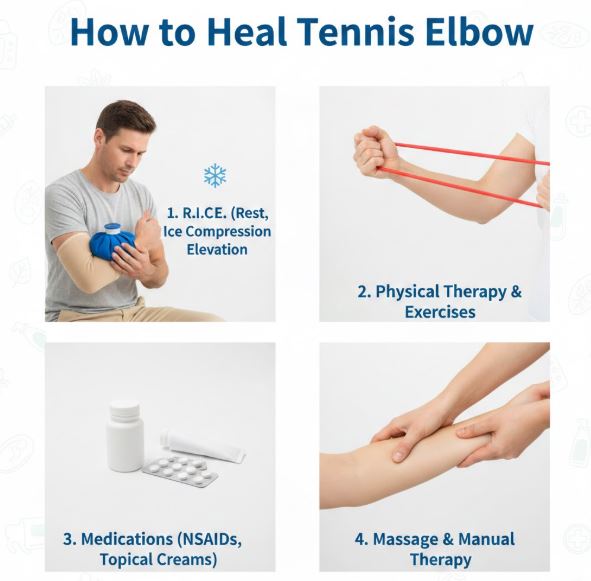Running is a physical activity in which every stress step converts into serenity. It has numerous health and mental benefits. It regulates normal blood flow and prevents runners from health diseases like heart issues, diabetes, and cholesterol. According to research, runners have 25% to 40% less chances of sudden death than non-runners. The activity needs complete care and precautions because it risks injuries, too. In recent surveys, running injuries are a significant issue for professional and non-professional athletes. The prevalence of running injuries is increasing rapidly. According to an estimated survey, 50 percent of runners get injured yearly, which is higher in males than females. This guide will cover common running injuries and effective treatment strategies for them.
Common Running Injuries
Common running injuries are those that are reported daily, and several reasons, such as improper form of running, trauma, or overrunning, can cause them. Common running forms are as follows:
Runner’s Knee (Patellofemoral Pain Syndrome)
Symptoms:
- Pain in the knee or around the kneecap during its active state
- Pain after sitting a long time with a bent knee
- Feeling of instability
- Cracking sound when walking or going up and down stairs
Causes:
- PFPS can be caused by poor foot support, overuse of the knee, structural defect in the kneecap, injury, or overrunning.
Shin Splints (Medial Tibial Stress Syndrome)
Symptoms:
- Feeling pain along the inner edges or lower ends of the shin bone.
- Worst pain during exercise
- Feeling pain while touching the shin bone
- Swelling on the lower leg part
Causes:
- MTSS can be caused by inflammation in muscle tendons of the shin bone
- Improper running, too fast leg exercises
- Flat feet and improper footwear.
Achilles Tendinitis
Symptoms:
- Tightness of Achilles’ tendon
- Heel pain or mild pain around the ankle
- Weakness in calf muscles
- Swelling on the heel
- Leg weakness
- Difficulty in staying stable on one toe
Causes:
- Inflammation in calf muscles of the heel
- Repetitive motion of heels, like jumping or climbing stairs
- Running on hard surfaces
- Wearing shoes with improper heel support
- Flat arches and tight calf muscles
- A sudden increase in running duration or walking activity
Plantar Fasciitis
Symptoms:
- Pain in heel or fasciitis tissues
- Acute pain at the first step of the morning
- Difficulty in walking or climbing stairs
Causes:
- Overstretch of feet during exercise
- Overuse of high heels or shoes with hard surface
- Deficiency of vitamin D
- Overstanding activities.
IT Band Syndrome Or also known as Iliotibial Band Syndrome
Symptoms:
- Pain in the knee, to a large extent on the kneecap
- Spreading pain from thigh to hip area
- Acute knee pain during activity
- Swelling on kneecap
- Tenderness of tissues
Causes:
- Excessive work or exercise
- Fault in leg shape, flat feet, or bow leg
- Running on wet or slippery floor
- Wearing less-support shoes during running
Effective Treatment Strategies
Home remedies and professional medical support can cure all of the above-mentioned running injuries. A severe condition or injury can turn into specific medication or physiotherapy. Conversely, the following treatment strategies are beneficial for all running injuries:
Rest and Recovery
- Rest and recovery are interrelated. Running is undoubtedly the best exercise for our bodies, but rest is vital for any muscle injury. The body’s muscles get tiny tears during fast running and heavy exercise. The rest period allows them to heal themselves. Moreover, our body stores glycogen during rest, speeding up healing.
- After a heavy exercise session, you can make your rest period active with accessible and engaging activities like walking, cycling, and swimming. These games put less stress on joints, and swimming is a stretch exercise to recover the muscles’ health.
Ice and Compression
- Ice or cold packs are effective in reducing pain and swelling. Use an ice pack for 10 to 15 minutes, revising the method two to three times per day. The duration of the pack should be kept short; after 72 hours of injury, the timing can be increased but not over to 15 minutes.
- Athletes or individuals who exercise intensely should wear compression sleeves and wraps. They provide extra support to muscles and prevent running injuries. Wraps also reduce pain during infection by regulating blood circulation.
Stretching and Strengthening Exercises
- Do low-intensity exercises during your rest period or lapse. It will empower the muscles and tissues to repair. You will also get a reduction in the pain. Swimming or cycling can prove beneficial in this context. Individuals can also opt for regular walks and jogging by consulting with professionals.
- A balanced workout is necessary to maintain muscle health and reduce the risks of injury. Continuous exercise can damage muscles, and a complete rest increases fat. Therefore, make a balanced workout routine. It helps to improve cardiovascular health and regulates the overall blood flow.
Proper Footwear
- Proper footwear supports during running and prevents injury. Therefore, the selection of shoes should be wise and informed. Select the running footwear according to the surface you want to run. Consider a one-inch extra size from regular footwear to support the feet during swelling and toe movement. Choose a shoe pair with a cushioned surface for a comfortable running experience.
- Repeated shoe replacement is also necessary to prevent injury because worn-out and less cushioned shoes can cause running injuries.
Professional Help
- If home remedies and strengthening exercises do not affect you and the infection worsens, visit a professional.
- He can diagnose the actual reason behind the infection and suggest a better treatment. Moreover, professional physiotherapists can suggest therapy according to the patient’s strength.
Prevention Tips
- Before starting any exercise or running, warm up the body with a normal walk and slowly increase your speed.
- After running, take a rest of 5 minutes to cool down the body.
- Do not take a long route at the start; instead, gradually increase your running duration and the length of the track.
- Drink ample water to stay hydrated during the workout.
Final Analysis
78Our body is an appreciable blessing of God, and we should maintain its stability before it becomes a useless part of our lives. We should maintain a healthy lifestyle and workout routine to charge our body cells. Make a permanent schedule for workouts and active rest to maintain the muscles’ stability. Follow the safety measures to prevent injury during workouts and live a healthy life with strong joints.





